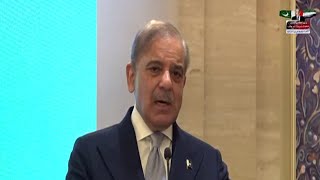Brazil's 2015/16 coffee crop, which is now more than two-thirds harvested, will likely produce 20 percent to 30 percent less than a March forecast of 41 million to 43 million bags, coffee research foundation Procafe said.
Procafe President Jose Edgard Paiva told Reuters by phone that Procafe's revised estimate of the world's largest coffee crop would likely be finalised by the end of September.
Market forecasts of Brazil's drought-damaged crop range much higher, around 48 million to 50 million bags. Procafe and "The drop appears to be much lower than we had anticipated when we made our March forecast," said Paiva. "We are not finished with our crop revision but I'm almost certain this drop in production will be confirmed by the end of harvest."
Procafe, which was commissioned by the National Coffee Confederation, went into the field and surveyed producers about their expectations of the crop, based on flowering and early fruit formation and back checked these estimates against field counts and agriculture ministry data.
The revision to the Procafe estimate will only be based on phone interviews with producers, whom the research group will ask how much they harvested and expect to sell, Paiva said.
The executive confirmed earlier reports from traders that large-screen beans were scarce, with arabicas above 17 screens only accounting for 8-12 percent of the crop compared with the typical 20-30 percent.
Paiva said the beans that have so far been harvested have been small and often ill-formed. He said trees have still not recovered after the early 2014 drought and dry weather early this year only made recovery slower.
After drought erased 30 percent or more of Espirito Santo state's crop, lower output numbers started coming in from many important arabica areas as well, Paiva said. Espirito Santo is Brazil's main robusta producing state.
Paiva said the expected drop in output was turning out to be a widespread phenomenon and not isolated to a few areas.
"In January of this year, we had 25 days of sun and no rain, when much of the coffee crop was forming beans. This is one of the most important periods for the formation of the crop," Paiva said.
BR100
7,841
Increased By
30.9 (0.4%)
BR30
25,465
Increased By
315.4 (1.25%)
KSE100
75,114
Increased By
157.8 (0.21%)
KSE30
24,114
Increased By
30.8 (0.13%)






















Comments
Comments are closed.